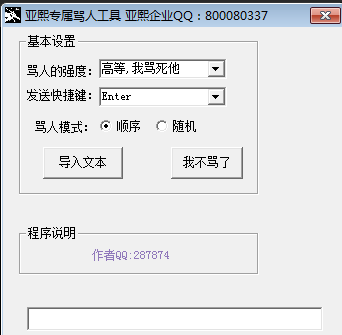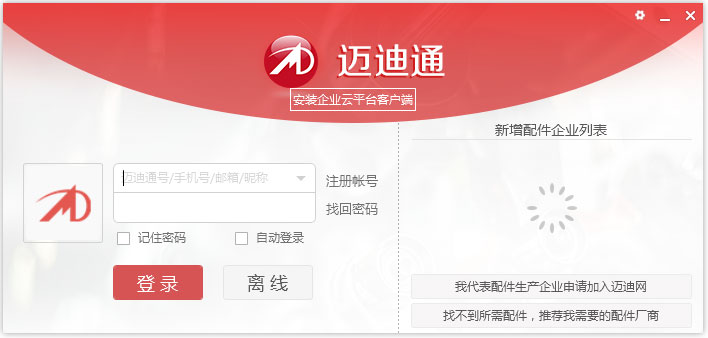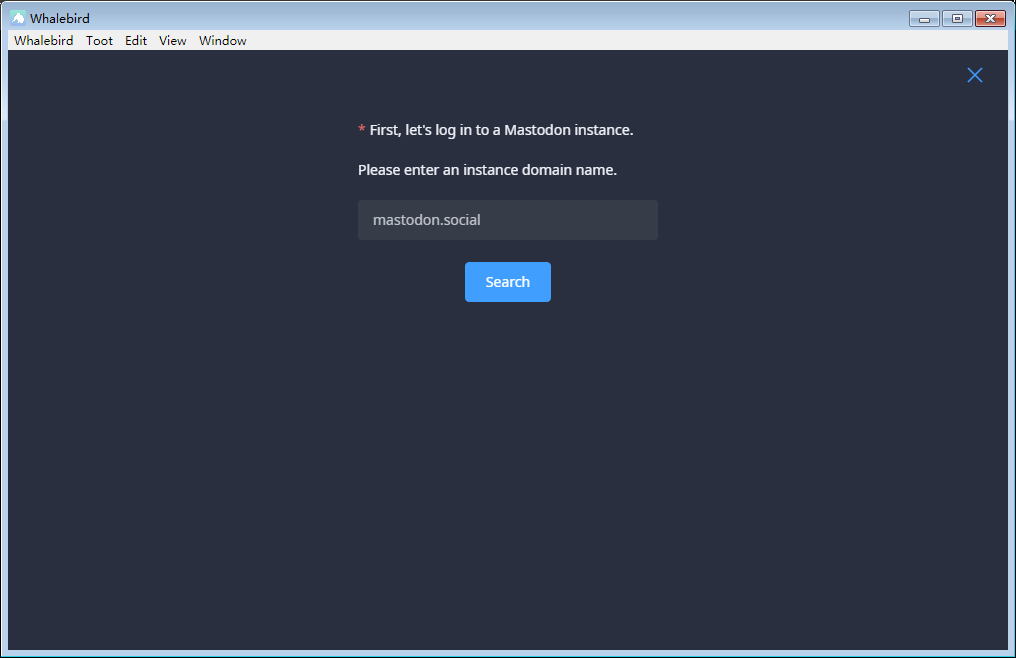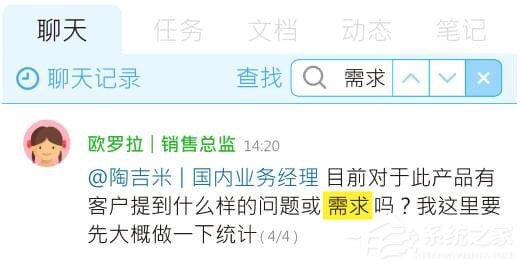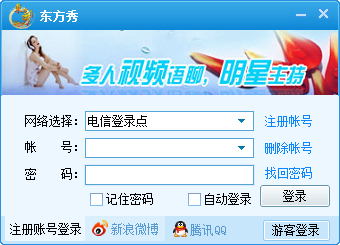JDBC学习笔记——增删改查
时间:2022-03-14 02:07
1、数据库准备
要用JDBC操作数据库,第一步当然是建立数据表:
| 1 2 3 4 5 6 |
CREATE TABLE `user` (
`id` int(11) NOT NULL AUTO_INCREMENT PRIMARY KEY,
`name` varchar(45) DEFAULT NULL,
`birthday` date DEFAULT NULL,
`money` double DEFAULT NULL
) ENGINE=InnoDB DEFAULT CHARSET=utf8;
|
2、JDBC连接数据库的基本步骤
JDBC连接数据库包含以下几个基本步骤:1、注册驱动 ;2、建立连接(Connection);3、创建SQL语句(Statement);4、执行语句;5、处理执行结果(ResultSet);6、释放资源。
| 1 2 3 4 5 6 7 8 9 10 11 12 13 14 15 16 17 18 19 20 21 22 23 |
public static void test() throws SQLException{
// 1.注册驱动
Class.forName("com.mysql.jdbc.Driver");
// 2.建立连接 url格式 - JDBC:子协议:子名称//主机名:端口/数据库名?属性名=属性值&…
Connection conn = DriverManager.getConnection("jdbc:", "root", "");
// 3.创建语句
Statement st = conn.createStatement();
// 4.执行语句
ResultSet rs = st.executeQuery("select * from user");
// 5.处理结果
while (rs.next()) {
System.out.println(rs.getObject(1) + "\t" + rs.getObject(2) + "\t" + rs.getObject(3) + "\t" + rs.getObject(4));
}
// 6.释放资源
rs.close();
st.close();
conn.close();
}
|
3、简单的增删改查
第二节的代码有一个问题,如果我们在执行代码时抛出异常,那么Connection就无法关闭了,所以我们应该把关闭资源操作放入finally中,这样就无论如何都会关闭这些数据库连接资源。同时我们还会扩展程序功能,上面的例子只是展示了一个查询操作,接下来将会展示最常用的增、删、改、查四个操作。首先介绍一个JdbcUtils类,该类会封装数据库连接步骤中的第一步、第二步及第六步操作,分别是注册驱动,建立连接及释放资源操作。
| 1 2 3 4 5 6 7 8 9 10 11 12 13 14 15 16 17 18 19 20 21 22 23 24 25 26 27 28 29 30 31 32 33 34 35 36 37 38 39 |
public final class JdbcUtils {
static {
try {
Class.forName("com.mysql.jdbc.Driver");
} catch (ClassNotFoundException e) {
throw new ExceptionInInitializerError(e);
}
}
private JdbcUtils() {
}
public static Connection getConnection() throws SQLException {
return DriverManager.getConnection("jdbc:", "root", "");
}
public static void free(ResultSet rs, Statement st, Connection conn) {
try {
if (rs != null)
rs.close();
} catch (SQLException e) {
e.printStackTrace();
} finally {
try {
if (st != null)
st.close();
} catch (SQLException e) {
e.printStackTrace();
} finally {
if (conn != null)
try {
conn.close();
} catch (SQLException e) {
e.printStackTrace();
}
}
}
}
}
|
可以看到,这个类的构造函数是一个私有构造函数,所以我们将无法创建这个类的实例。在静态初始化域,我们进行了注册驱动操作,静态初始化域只会在类加载的时候执行一次,这样可以保证只要加载了这个类,我们会且仅会注册一次驱动。然后getConnection()方法封装了建立连接操作,free(rs, st, conn)方法封装了释放资源操作。接下来可以看看如何使用JdbcUtils类进行增、删、改、查操作:
| 1 2 3 4 5 6 7 8 9 10 11 12 13 14 15 16 17 18 19 20 21 22 23 24 25 26 27 28 29 30 31 32 33 34 35 36 37 38 39 40 41 42 43 44 45 46 47 48 49 50 51 52 53 54 55 56 57 58 59 60 61 62 63 64 65 66 |
//增加操作
void create() throws SQLException {
Connection conn = null;
Statement st = null;
ResultSet rs = null;
try {
conn = JdbcUtils.getConnection();
st = conn.createStatement();
int i = st
.executeUpdate("insert into user(name,birthday, money) values (‘name1‘, ‘1987-01-01‘, 400) ");
System.out.println("i=" + i);
} finally {
JdbcUtils.free(rs, st, conn);
}
}
//删除操作
void delete() throws SQLException {
Connection conn = null;
Statement st = null;
ResultSet rs = null;
try {
conn = JdbcUtils.getConnection();
st = conn.createStatement();
int i = st.executeUpdate("delete from user where id>4");
System.out.println("i=" + i);
} finally {
JdbcUtils.free(rs, st, conn);
}
}
//修改操作
void update() throws SQLException {
Connection conn = null;
Statement st = null;
ResultSet rs = null;
try {
conn = JdbcUtils.getConnection();
st = conn.createStatement();
int i = st.executeUpdate("update user set money=money+10 ");
System.out.println("i=" + i);
} finally {
JdbcUtils.free(rs, st, conn);
}
}
//查询操作
void read() throws SQLException {
Connection conn = null;
Statement st = null;
ResultSet rs = null;
try {
conn = JdbcUtils.getConnection();
st = conn.createStatement();
rs = st.executeQuery("select id, name, money, birthday from user");
while (rs.next()) {
System.out.println(rs.getObject("id") + "\t"
+ rs.getObject("name") + "\t"
+ rs.getObject("birthday") + "\t"
+ rs.getObject("money"));
}
} finally {
JdbcUtils.free(rs, st, conn);
}
}
|
4、面向对象封装增删改查
第三节的例子只是为了展示如何使用JDBC进行增删改查操作,在项目中真正使用时,我们是不会像上面的例子这样简单使用的,Java是面向对象的,所以我们一般会使用面向对象的思想对操作进行封装。首先,其实对于数据表每一条数据,我们都可以认为它是一个对象实例,例如此例中我们定义的数据表User有id,name,birthday和money四个属性,对应的我们可以创建User类如下:
| 1 2 3 4 5 6 7 8 |
public class User {
private int id;
private String name;
private Date birthday;
private float money;
//getters and setters
}
|
按照"面向接口编程而非面向实现编程"的原则,我们可以定义数据表操作的接口如下:
| 1 2 3 4 5 6 |
public interface UserDao {
public void addUser(User user);
public User getUser(int userId);
public void update(User user);
public void delete(User user);
}
|
然后我们使用JDBC方式实现这个接口如下:
| 1 2 3 4 5 6 7 8 9 10 11 12 13 14 15 16 17 18 19 20 21 22 23 24 25 26 27 28 29 30 31 32 33 34 35 36 37 38 39 40 41 42 43 44 45 46 47 48 49 50 51 52 53 54 55 56 57 58 59 60 61 62 63 64 65 66 67 68 69 70 71 72 73 74 75 76 77 78 79 80 81 82 |
public class UserDaoJdbcImpl implements UserDao {
public void addUser(User user) {
Connection conn = null;
PreparedStatement ps = null;
ResultSet rs = null;
try {
conn = JdbcUtils.getConnection();
String sql = "insert into user(name,birthday, money) values (?,?,?) ";
ps = conn.prepareStatement(sql);
ps.setString(1, user.getName());
ps.setDate(2, new java.sql.Date(user.getBirthday().getTime()));
ps.setFloat(3, user.getMoney());
ps.executeUpdate();
} catch (SQLException e) {
throw new RuntimeException(e.getMessage(), e);
} finally {
JdbcUtils.free(rs, ps, conn);
}
}
public void delete(User user) {
Connection conn = null;
Statement st = null;
ResultSet rs = null;
try {
conn = JdbcUtils.getConnection();
st = conn.createStatement();
String sql = "delete from user where id=" + user.getId();
st.executeUpdate(sql);
} catch (SQLException e) {
throw new RuntimeException(e.getMessage(), e);
} finally {
JdbcUtils.free(rs, st, conn);
}
}
public User getUser(int userId) {
Connection conn = null;
PreparedStatement ps = null;
ResultSet rs = null;
User user = null;
try {
conn = JdbcUtils.getConnection();
String sql = "select id, name, money, birthday from user where id=?";
ps = conn.prepareStatement(sql);
ps.setInt(1, userId);
rs = ps.executeQuery();
while (rs.next()) {
user = new User();
user.setId(rs.getInt("id"));
user.setName(rs.getString("name"));
user.setMoney(rs.getFloat("money"));
user.setBirthday(rs.getDate("birthday"));
}
} catch (SQLException e) {
throw new RuntimeException(e.getMessage(), e);
} finally {
JdbcUtils.free(rs, ps, conn);
}
return user;
}
public void update(User user) {
Connection conn = null;
PreparedStatement ps = null;
ResultSet rs = null;
try {
conn = JdbcUtils.getConnection();
String sql = "update user set name=?, birthday=?, money=? where id=? ";
ps = conn.prepareStatement(sql);
ps.setString(1, user.getName());
ps.setDate(2, new java.sql.Date(user.getBirthday().getTime()));
ps.setFloat(3, user.getMoney());
ps.setInt(4, user.getId());
ps.executeUpdate();
} catch (SQLException e) {
throw new RuntimeException(e.getMessage(), e);
} finally {
JdbcUtils.free(rs, ps, conn);
}
}
}
|
可以看到,真正核心的代码其实和第二节的代码很相像,但是按照这种风格写的代码扩展性更好,如果哪一天我们不打算使用JDBC,而改用Hibernate连接数据库,使用接口编程只需修改实现,不需要修改其他部分,大大减小了修改难度。
5、传入sql执行
需要说明的是,上面的代码使用了PreparedStatement对象,PrepareStatement是预编译的Statement对象,它在创建的时候就会把sql的大体框架搭建起来,把一些变量用占位符表示,使用时,我们再设置这些占位符的值。PrepareStatement最大的特点是可以防止sql注入,更安全,所以再需要拼接用户输入的场景,推荐使用PrepareStatement。
第四节代码的编码风格类似Hibernate,Hibernate的很多操作都是需要传入对象的,但是这种传递对象的方式灵活性不高,例如update()方法,我们把User对象上的所有属性都更新了,但是可能我们只想更新birthday一个属性,更新其他属性有点多余,所以更好的方法应该是传入sql语句,而不是一个User对象。再仔细观察,我们发现,其实我们最终只是调用了Statement上的两个方法,分别是executeUpdate和executeQuery两个方法。所以我们可以把上面的增删改查修改为如下形式:
| 1 2 3 4 5 6 7 8 9 10 11 12 13 14 15 16 17 18 19 20 21 22 23 24 25 26 27 28 29 30 31 32 33 34 35 36 37 38 39 40 41 42 43 44 45 46 47 48 49 50 51 52 53 54 55 56 57 58 59 60 61 62 63 64 65 66 67 68 69 70 71 72 73 74 75 76 77 78 79 80 81 82 83 84 85 86 87 88 89 |
public class UserDaoUtils {
private UserDaoUtils(){
}
static User executeQuery(String sql, Object[] params) throws SQLException {
Connection conn = null;
PreparedStatement ps = null;
ResultSet rs = null;
User user = null;
try {
conn = JdbcUtils.getConnection();
ps = conn.prepareStatement(sql);
for (int i = 1; i <= params.length; i++) {
ps.setObject(i, params[i - 1]);
}
rs = ps.executeQuery();
while (rs.next()) {
user = new User();
user.setId(rs.getInt("id"));
user.setBirthday(rs.getDate("birthday"));
user.setMoney(rs.getFloat("money"));
user.setName(rs.getString("name"));
}
} finally {
JdbcUtils.free(rs, ps, conn);
}
return user;
}
static int executeUpdate(String sql, Object[] params) throws SQLException {
Connection conn = null;
PreparedStatement ps = null;
int rs = 0;
try {
conn = JdbcUtils.getConnection();
ps = conn.prepareStatement(sql);
for (int i = 1; i <= params.length; i++) {
ps.setObject(i, params[i - 1]);
}
rs = ps.executeUpdate();
} finally {
JdbcUtils.free(null, ps, conn);
}
return rs;
}
}
public class UserDaoJdbcImpl2 implements UserDao{
@Override
public void addUser(User user) {
try {
UserDaoUtils.executeUpdate("insert into user(name,birthday, money) values (?,?,?)", new Object[]{user.getName(), user.getBirthday(), user.getMoney()});
} catch (SQLException e) {
e.printStackTrace();
}
}
@Override
public User getUser(int userId) {
User user = null;
try {
user = UserDaoUtils.executeQuery("select id, name, money, birthday from user where id=?", new Object[]{userId});
} catch (SQLException e) {
e.printStackTrace();
}
return user;
}
@Override
public void update(User user) {
try {
UserDaoUtils.executeUpdate("update user set name=?, birthday=?, money=? where id=?", new Object[]{user.getName(), user.getBirthday(), user.getMoney(), user.getId()});
} catch (SQLException e) {
e.printStackTrace();
}
}
@Override
public void delete(User user) {
try {
UserDaoUtils.executeUpdate("delete from user where id=?", new Object[]{user.getId()});
} catch (SQLException e) {
e.printStackTrace();
}
}
}
|
首先我们定义了一个UserDaoUtils对象,该对象包含两个方法,分别是executeQuery()和executeUpdate()方法,这两个方法均包含两个参数,分别是sql语句及sql语句的参数。然后我们定义了UserDaoJdbcImpl2类,该类使用UserDaoUtils实现了UserDao接口,相较于UserDaoJdbcImpl简化了很多。
6、利用结果集元数据封装对象
上面的UserDaoJdbcImpl2和UserDaoUtils的代码都已经很简洁了,但是有个问题,如果我们想封装其他对象的JDBC操作,那么我们将不得不重新定义一对Utils和Impl,这个其实是重复劳动,那么我们有没有什么方法可以避免这些重复劳动呢?Impl对象是必须定义的,因为我们需要实现不同的对象,如果想少定义一些对象,那么就只能不定义Utils对象。查看UserUtils的exectueQuery()和executeUpdate()方法,发现只有executeQuery()方法是与User对象耦合的,而且耦合部分只有封装结果集的部分,我们可以把这一部分代码抽象成一个接口,让调用方传入,这样就可以避免这部分耦合,所以定义接口如下:
| 1 2 3 |
public interface RowMapper {
public Object mapRow(ResultSet rs) throws SQLException;
}
|
然后我们修改第四节的UserDaoUtils对象如下,并重命名为MyJdbcTemplate:
| 1 2 3 4 5 6 7 8 9 10 11 12 13 14 15 16 17 18 19 20 21 22 23 24 25 26 27 28 29 30 31 32 33 34 35 36 37 38 39 40 41 42 43 |
public class MyJdbcTemplate {
private MyJdbcTemplate(){}
public static Object executeQuery(String sql, Object[] args, RowMapper rowMapper) {
Connection conn = null;
PreparedStatement ps = null;
ResultSet rs = null;
try {
conn = JdbcUtils.getConnection();
ps = conn.prepareStatement(sql);
for (int i = 0; i < args.length; i++)
ps.setObject(i + 1, args[i]);
rs = ps.executeQuery();
Object obj = null;
if (rs.next()) {
obj = rowMapper.mapRow(rs);
}
return obj;
} catch
|

